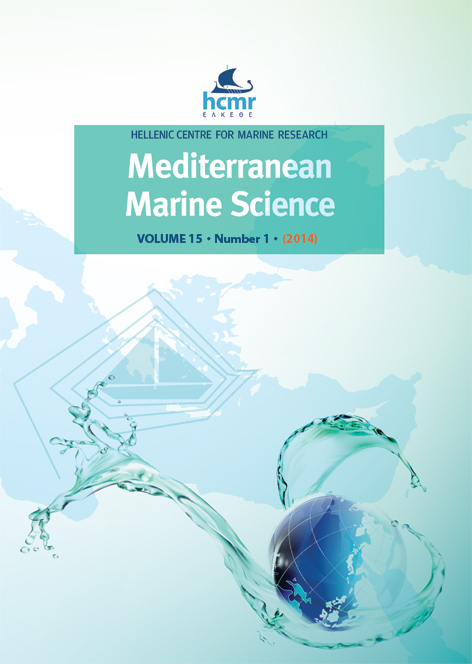High xenodiversity versus low native diversity in the south-eastern Mediterranean: bryozoans from the coastal zone of Lebanon
Abstract
Because of its location in the warmest corner of the Mediterranean, its proximity to the northern entrance of the Suez Canal, i.e. the gateway for massive exotic biota introduction into the Mediterranean, the occurrence of high shipping activity and strong human pressure, the Lebanese coastal zone is an area that is exceptionally well-suited for investigating the effects of these extreme conditions on Mediterranean biodiversity.
Bryozoans, which are among the main components of sessile communities, reflect dramatically the impact of these particular conditions. Their assemblages, sampled by diving along the whole coast of Lebanon during a pluriannual programme, mainly between 1999 and 2003, consist of 93 species (12 Cyclostomata, 2 Ctenostomata, 79 Cheilostomata). The native part of this bryozoan fauna exhibits low diversity, with an unexpected absence of many taxa, from family to species level, which are very common in the rest of the Mediterranean. It is also characterized by a high proportion of endemic species, in contrast with the general eastward trend of decreasing endemicity observed in the Mediterranean, and by the strong presence of 'southern' thermophilic species.
With 27 non-indigenous species, xenodiversity is exceptionally high, particularly in the cheilostome pool (26 species), but was likely undersampled. Moreover, one may assume that new non-indigenous bryozoans (NIB) are now established along the Levantine coasts. This trend is expected to increase in the near future with the intensification of surface water warming and boost of shipping activity and propagule flux generated by the expansion of the Suez Canal.
Article Details
- Come citare
-
HARMELIN, J. G., BITAR, G., & ZIBROWIUS, H. (2016). High xenodiversity versus low native diversity in the south-eastern Mediterranean: bryozoans from the coastal zone of Lebanon. Mediterranean Marine Science, 17(2), 417–439. https://doi.org/10.12681/mms.1429
- Fascicolo
- V. 17 N. 2 (2016)
- Sezione
- Research Article
Authors who publish with this journal agree to the following terms:
- Authors retain copyright and grant the journal right of first publication with the work simultaneously licensed under a Creative Commons Attribution Non-Commercial License that allows others to share the work with an acknowledgement of the work's authorship and initial publication in this journal.
- Authors are able to enter into separate, additional contractual arrangements for the non-exclusive distribution of the journal's published version of the work (e.g. post it to an institutional repository or publish it in a book), with an acknowledgement of its initial publication in this journal.
- Authors are permitted and encouraged to post their work online (preferably in institutional repositories or on their website) prior to and during the submission process, as it can lead to productive exchanges, as well as earlier and greater citation of published work (See The Effect of Open Access).












